The creation and life of a well can be divided up into five segments:
- Planning
- Drilling
- Completion
- Production
- Abandonment
Drilling
See also: Boring (earth)
The well is created by drilling a hole 5 to 36 inches (127.0 mm to 914.4 mm) in diameter into the earth with a drilling rig that rotates a drill string with a bit attached. After the hole is drilled, sections of steel pipe (casing), slightly smaller in diameter than the borehole, are placed in the hole. Cement may be placed between the outside of the casing and the borehole. The casing provides structural integrity to the newly drilled wellbore, in addition to isolating potentially dangerous high pressure zones from each other and from the surface.
With these zones safely isolated and the formation protected by the casing, the well can be drilled deeper (into potentially more-unstable and violent formations) with a smaller bit, and also cased with a smaller size casing. Modern wells often have two to five sets of subsequently smaller hole sizes drilled inside one another, each cemented with casing.
Mud log in process, a common way to study the lithology when drilling oil wells.
To drill the well
* The drill bit, aided by the weight of thick walled pipes called "drill collars" above it, cuts into the rock. There are different types of drill bit; some cause the rock to disintegrate by compressive failure, while others shear slices off the rock as the bit turns.
* Drilling fluid, a.k.a. "mud", is pumped down the inside of the drill pipe and exits at the drill bit. Drilling mud is a complex mixture of fluids, solids and chemicals that must be carefully tailored to provide the correct physical and chemical characteristics required to safely drill the well. Particular functions of the drilling mud include cooling the bit, lifting rock cuttings to the surface, preventing destabilisation of the rock in the wellbore walls and overcoming the pressure of fluids inside the rock so that these fluids don't enter the wellbore.
* The generated rock "cuttings" are swept up by the drilling fluid as it circulates back to surface outside the drill pipe. The fluid then goes through "shakers" which strain the cuttings from the good fluid which is returned to the pit. Watching for abnormalities in the returning cuttings and monitoring pit volume or rate of returning fluid are imperative to catch "kicks" early. A "kick" is when the formation pressure at the depth of the bit is more than the hydrostatic head of the mud above, which if not controlled temporarily by closing the blowout preventers and ultimately by increasing the density of the drilling fluid would allow formation fluids and mud to come up through the drill pipe uncontrollably.
* The pipe or drill string to which the bit is attached is gradually lengthened as the well gets deeper by screwing in additional 30-foot (9 m) sections or "joints" of pipe under the kelly or topdrive at the surface. This process is called making a connection. Usually, joints are combined into three joints equaling one stand. Some smaller rigs only use two joints and some rigs can handle stands of four joints.
This process is all facilitated by a drilling rig which contains all necessary equipment to circulate the drilling fluid, hoist and turn the pipe, control downhole, remove cuttings from the drilling fluid, and generate on-site power for these operations.
Modern driller Argentina.
[edit] Completion
Main article: Completion (oil and gas wells)
After drilling and casing the well, it must be 'completed'. Completion is the process in which the well is enabled to produce oil or gas.
In a cased-hole completion, small holes called perforations are made in the portion of the casing which passed through the production zone, to provide a path for the oil to flow from the surrounding rock into the production tubing. In open hole completion, often 'sand screens' or a 'gravel pack' is installed in the last drilled, uncased reservoir section. These maintain structural integrity of the wellbore in the absence of casing, while still allowing flow from the reservoir into the wellbore. Screens also control the migration of formation sands into production tubulars and surface equipment, which can cause washouts and other problems, particularly from unconsolidated sand formations in offshore fields.
After a flow path is made, acids and fracturing fluids are pumped into the well to fracture, clean, or otherwise prepare and stimulate the reservoir rock to optimally produce hydrocarbons into the wellbore. Finally, the area above the reservoir section of the well is packed off inside the casing, and connected to the surface via a smaller diameter pipe called tubing. This arrangement provides a redundant barrier to leaks of hydrocarbons as well as allowing damaged sections to be replaced. Also, the smaller crossectional area of the tubing produces reservoir fluids at an increased velocity in order to minimize liquid fallback that would create additional back pressure, and shields the casing from corrosive well fluids.
In many wells, the natural pressure of the subsurface reservoir is high enough for the oil or gas to flow to the surface. However, this is not always the case, especially in depleted fields where the pressures have been lowered by other producing wells, or in low permeability oil reservoirs. Installing a smaller diameter tubing may be enough to help the production, but artificial lift methods may also be needed. Common solutions include downhole pumps, gas lift, or surface pump jacks. Many new systems in the last ten years have been introduced for well completion. Multiple packer systems with frac ports or port collars in an all in one system have cut completion costs and improved production, especially in the case of horizontal wells. These new systems allow casings to run into the lateral zone with proper packer/frac port placement for optimal hydrocarbon recovery.
[edit] Production
The production stage is the most important stage of a well's life, when the oil and gas are produced. By this time, the oil rigs and workover rigs used to drill and complete the well have moved off the wellbore, and the top is usually outfitted with a collection of valves called a Christmas tree or Production trees. These valves regulate pressures, control flows, and allow access to the wellbore in case further completion work is needed. From the outlet valve of the production tree, the flow can be connected to a distribution network of pipelines and tanks to supply the product to refineries, natural gas compressor stations, or oil export terminals.
As long as the pressure in the reservoir remains high enough, the production tree is all that is required to produce the well. If the pressure depletes and it is considered economically viable, an artificial lift method mentioned in the completions section can be employed.
Workovers are often necessary in older wells, which may need smaller diameter tubing, scale or paraffin removal, acid matrix jobs, or completing new zones of interest in a shallower reservoir. Such remedial work can be performed using workover rigs – also known as pulling units or completion rigs – to pull and replace tubing, or by the use of well intervention techniques utilizing coiled tubing. Depending on the type of lift system and wellhead a rod rig or flushby can be used to change a pump without pulling the tubing.
Enhanced recovery methods such as water flooding, steam flooding, or CO2 flooding may be used to increase reservoir pressure and provide a "sweep" effect to push hydrocarbons out of the reservoir. Such methods require the use of injection wells (often chosen from old production wells in a carefully determined pattern), and are used when facing problems with reservoir pressure depletion, high oil viscosity, or can even be employed early in a field's life. In certain cases – depending on the reservoir's geomechanics – reservoir engineers may determine that ultimate recoverable oil may be increased by applying a waterflooding strategy early in the field's development rather than later. Such enhanced recovery techniques are often called "tertiary recovery".
[edit] Abandonment
A well is said to reach an "economic limit" when its production rate doesn't cover the expenses, including taxes.[5]
The economic limit for oil and gas wells can be expressed using these formulae:
Oil fields:
![{EL}_{oil}=\frac{{WI}\times{LOE}}{{NRI}[{P_o}+({P_g}\times{GOR})/1,000]\times(1-{T})}](http://upload.wikimedia.org/math/7/a/5/7a58b04a8d3bafd832f67520e3a96cea.png)
Gas fields:
![{EL}_{gas}=\frac{{WI}\times{LOE}}{{NRI}[({P_o}\times{Y})+{P_g}]\times(1-{T})}](http://upload.wikimedia.org/math/6/c/c/6ccd09c135ad04a2a9ffd254e85a3c5f.png)
Where:
ELoil is an oil well's economic limit in oil barrels per month (bbls/month).
ELgas is a gas well's economic limit in thousand standard cubic feet per month (MSCF/month).
Po,Pg are the current prices of oil and gas in dollars per barrels and dollars per MSCF respectively.
LOE is the lease operating expenses in dollars per well per month.
WI working interest, as a fraction.[6]
NRI net revenue interest, as a fraction.
GOR gas/oil ratio as bbls/MSCF.
Y condensate yield as barrel/million standard cubic feet.
T production and severance taxes, as a fraction.
[5]
When the economic limit is raised, the life of the well is shortened and proven oil reserves are lost. Conversely, when the economic limit is lowered, the life of the well is lengthened.
When the economic limit is reached, the well becomes a liability and is abandoned. In this process, tubing is removed from the well and sections of well bore are filled with cement to isolate the flow path between gas and water zones from each other, as well as the surface. Completely filling the well bore with cement is costly and unnecessary. The surface around the wellhead is then excavated, and the wellhead and casing are cut off, a cap is welded in place and then buried.
At the economic limit there often is still a significant amount of unrecoverable oil left in the reservoir. It might be tempting to defer physical abandonment for an extended period of time, hoping that the oil price will go up or that new supplemental recovery techniques will be perfected. However, lease provisions and governmental regulations usually require quick abandonment; liability and tax concerns also may favor abandonment.
In theory an abandoned well can be reentered and restored to production (or converted to injection service for supplemental recovery or for downhole hydrocarbons storage), but reentry often proves to be difficult mechanically and not cost effective.











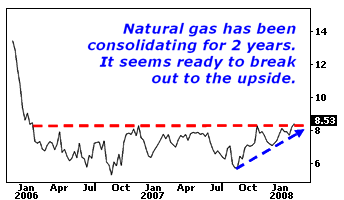 Today, I'm going to give you an undervalued natural gas stock as well as a natural gas fund that could help you profit from a surge in natural gas prices. But first, let's look at some fundamental forces driving this market.
Today, I'm going to give you an undervalued natural gas stock as well as a natural gas fund that could help you profit from a surge in natural gas prices. But first, let's look at some fundamental forces driving this market. 
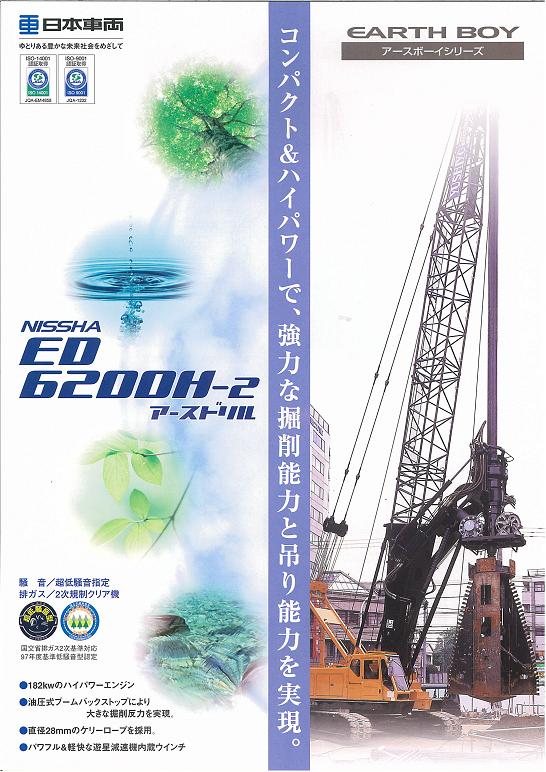

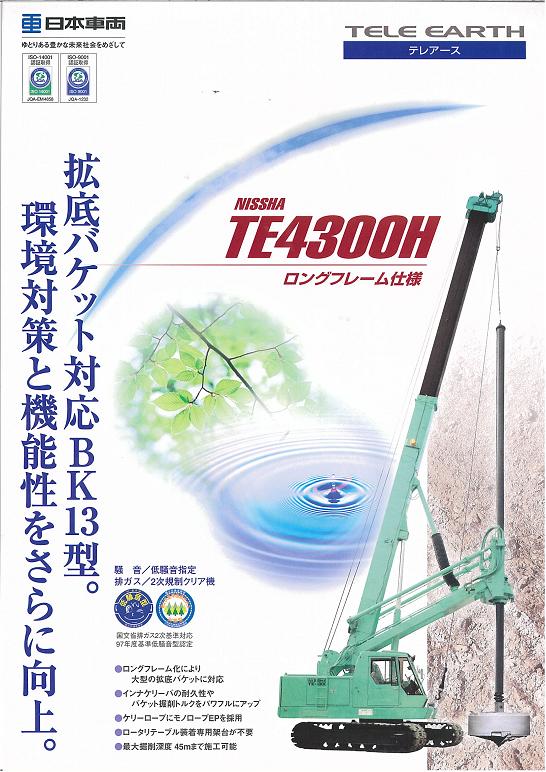
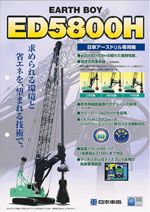

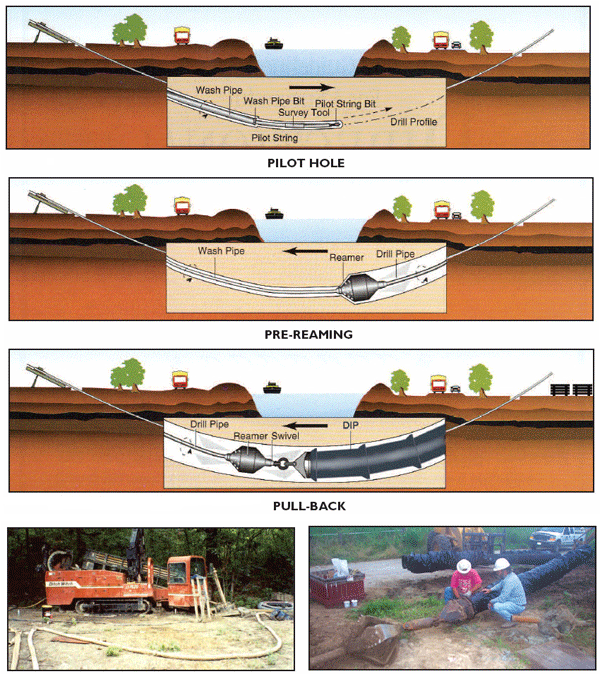



![{EL}_{oil}=\frac{{WI}\times{LOE}}{{NRI}[{P_o}+({P_g}\times{GOR})/1,000]\times(1-{T})}](http://upload.wikimedia.org/math/7/a/5/7a58b04a8d3bafd832f67520e3a96cea.png)
![{EL}_{gas}=\frac{{WI}\times{LOE}}{{NRI}[({P_o}\times{Y})+{P_g}]\times(1-{T})}](http://upload.wikimedia.org/math/6/c/c/6ccd09c135ad04a2a9ffd254e85a3c5f.png)